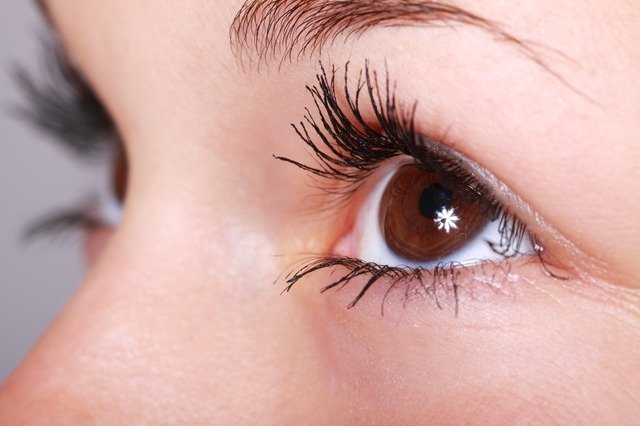New research investigates the association of high cholesterol and the use of statins on glaucoma risk.
Statin medications are commonly prescribed in patients with high cholesterol for cardiovascular disease treatment and prevention. Besides lowering cholesterol, statins have other beneficial effects that could be useful in treating other diseases and disorders. One such disease statins may also prove beneficial in treating is primary open-angle glaucoma.
Early lab studies have suggested that statins could reduce eye pressure and protect the eye from cellular damage. Observational studies to date have shown mixed results on the benefit of statins on reducing glaucoma risk and were limited to two years of statin use. In a recent study published in JAMA Ophthalmology, researchers from the United States assessed the association of cholesterol and statins with glaucoma risk.
The study evaluated participants from three separate population study groups over a period of 15 years. Participants included in the analysis had to be aged 40 years or older, have had a recent eye examination, and have information on cholesterol levels, including statin use. Information from participants was self-reported through questionnaires and then confirmed by a medical record review. Data obtained from the population groups were pooled together to enhance the ability to detect an association.
The researchers found that high cholesterol levels were linked to a higher risk of glaucoma. Every 20 mg/dL increase in cholesterol saw a 7% increase in glaucoma risk. They also observed a consistent inverse association between statin use and the risk of glaucoma. This inverse association was stronger with statin use of five years or more among participants aged 65 years and older. The study showed a 21% lower risk of glaucoma with five or more years of statin use and a 40% lower glaucoma risk with ten or more years of statin use. Further, this association was not affected by a family history of glaucoma, gender, or the type of statin used.
The beneficial association of statins on glaucoma risk is suggested to be a result of statins’ protective effects on the eye. Statins increase nitric oxide production, a molecule that increases blood flow to the optic nerve, and increases the outflow of fluid from the eye to reduce eye pressure. Statins may also be protective by reducing inflammation, reducing cell damage, and preventing cell death in the eye.
Overall findings from this study demonstrate a higher glaucoma risk with higher cholesterol levels and a lower glaucoma risk with the use of statins. However, the authors note that the results may not be generalizable to all populations since most of their participants were white healthcare professionals. They recommend further studies be done to confirm their findings, especially considering the prevalence of statin use in older people who are at risk of glaucoma.
Written by Maggie Leung, PharmD.
References: Kang, J. H., Boumenna, T., Stein, J. D., Khawaja, A., Rosner, B. A., Wiggs, J. L., & Pasquale, L. R. (2019). Association of Statin Use and High Serum Cholesterol Levels With Risk of Primary Open-Angle Glaucoma. JAMA Ophthalmology. doi:10.1001/jamaophthalmol.2019.0900
Image by PublicDomainPictures from Pixabay



